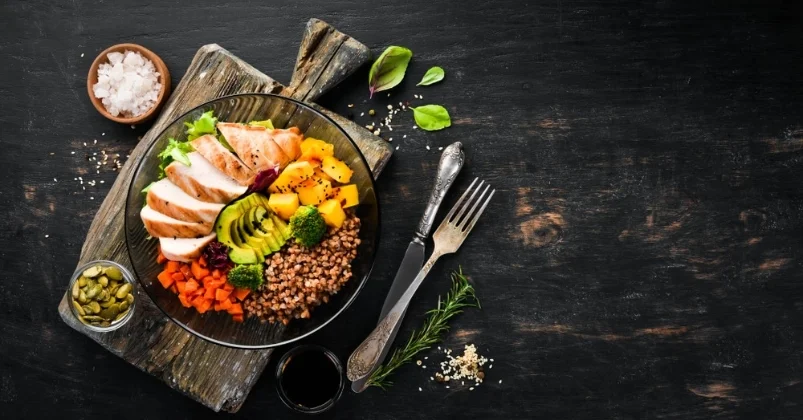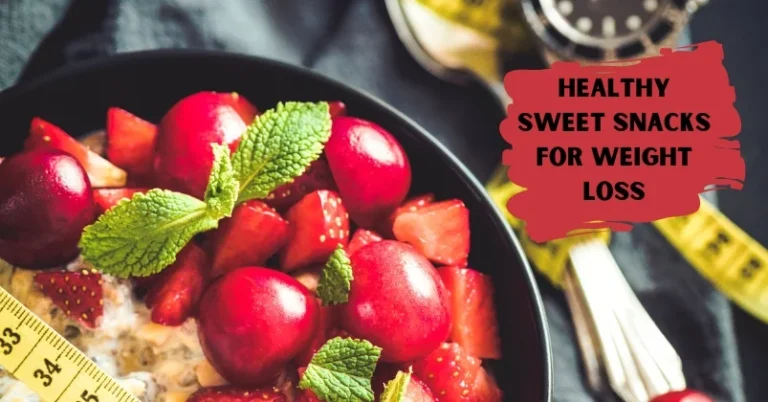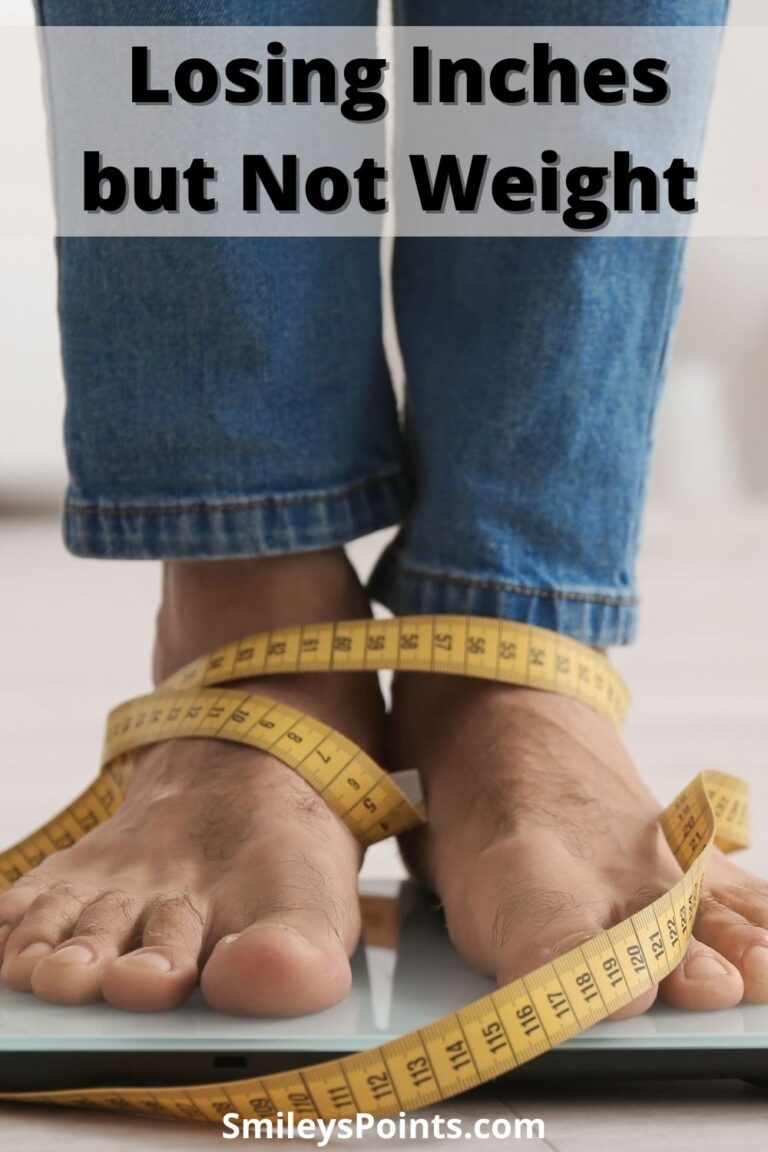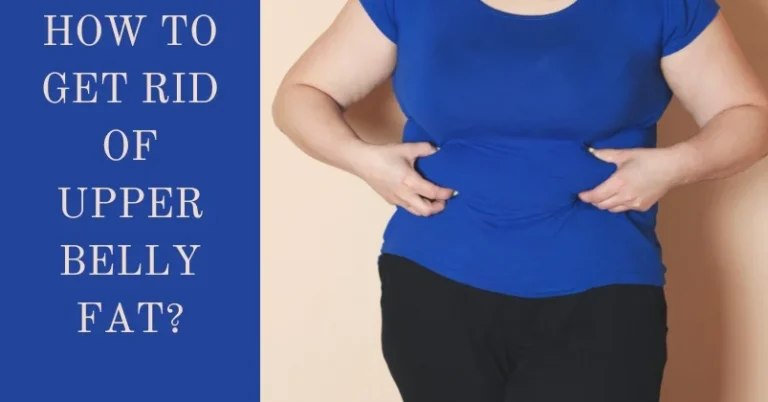How to Eat Clean for Beginners – The Ultimate Guide
When people hear the phrase “clean eating,” they often wonder what it refers to. Clean eating is filling a plate with healthy whole foods (fruits, whole grains, lean proteins, vegetables, legumes, and healthy fats) which provide essential nutrients, keeping saturated fats and added sugar to a minimum. We discuss how to eat clean for beginners.
The Goal of Clean Eating
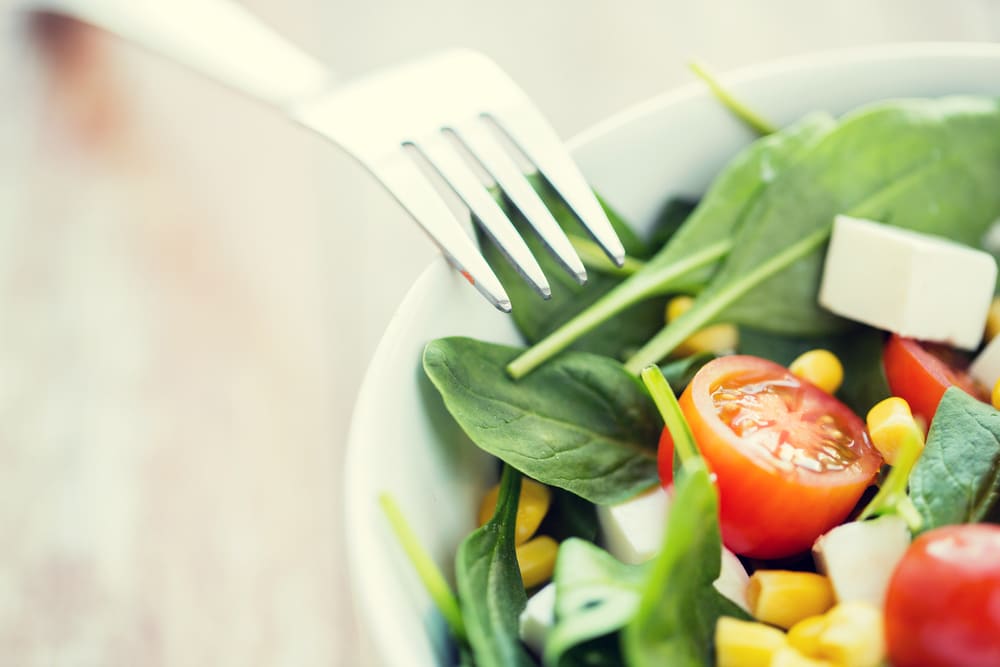
The overall goal of clean eating is to keep people feeling their best. However, sometimes people need the incentive to begin clean eating. If you are using this strategy for weight loss, you need to be in tune with the fullness and hunger cues your body sends you instead of rigidly sticking to calorie limits and serving sizes.
Serving sizes and calorie limits serve as a guideline to follow to prevent overeating. However, you will have days when you are more active and may be hungrier. You will also have days when you are less hungry. They tend to balance each other out. If you listen to your body and don’t overeat, along with eating healthy foods, you should see the weight come off.
Also, don’t completely ignore cravings. It is fine and perfectly healthy to enjoy a treat once in a while, provided you don’t overdo it or make it a continual habit. Having a bit of sweet food here and it is just as satisfying as consuming the entire thing while suffering remorse later. Having a little bit of a craving as a treat will also help you to maintain a healthy lifestyle.
Clean eating will give you more control over your food because you will avoid becoming tempted to eat salts, harmful sugars, and fats your body doesn’t need. Instead, you proactively select what you consume, providing a sense of power, accomplishment, and good overall health. Eating clean becomes easier once you understand the basic principles.
Clean Eating Defined
Beginners must understand that this type of eating is a lifestyle, not a diet. Clean eating is not a “lose weight quickly, then forget about it” concept. Instead, people are encouraged to approach what they consume and the foods they put into their bodies with a conscious effort.
It involves selecting more whole foods and avoiding processed food while generating a conscientious, healthy approach to what you will eat. Clean eating removes sugars, carbs, and fats from the diet while making better choices for your body. Additionally, it is the active refusal to incorporate junk into your meal plans regularly.
The term “junk,” in this context, refers to artificial sugars and flavors, processed foods, items that are high in salt and saturated fat, and refined foods, plus anything else low in nutritional value. These can be summed up as empty-calorie foods.
This lifestyle change means you embrace consuming whole foods, vegetables, unrefined grains, healthy fats, and lean proteins. Focus on the quality of food and its benefits to your overall health. People are encouraged to combine this type of eating with an active lifestyle to receive the full benefits.
When the focus is drilled down to focusing on eating one meal, people tend to find they feel healthier overall. Cravings for sweet foods decrease, and items high in saturated fats become less satisfying.
Why Begin a Clean Eating Plan?
This type of meal plan introduces fresh vegetables and fruits to mealtime. It also includes legumes, whole grains, lean proteins, and healthy fats (chicken and fish). This plan removes added sugars and decreases fats that damage the heart muscles (saturated fats).
The American Heart Association states Americans consume 28 teaspoons of sugar daily, well over the recommended amount of six teaspoons for women and nine for men. Interestingly, most are consumed from non-dessert foods like bars and cereals.
A clean eating plan leaves individuals feeling full (satiated) since it includes nutrient-dense foods. Regular food from more nutritious sources, moderate exercise, and adequate water intake for hydration lead to increased energy levels.
What Should You Consume on a Clean Eating Plan?

The following foods will help keep you satiated while on this meal plan and prevent you from feeling hungry, reducing the urge to snack and keeping you energized. They are light meals and can aid in losing weight when done correctly.
- Lean Proteins. When selecting what proteins to eat, it is advisable to have more turkey, chicken, Greek yogurt, fish, and legumes.
- Legumes. Lentils and beans contain high fiber and protein. Additionally, canned foods are convenient when you are tight on time and want to eat healthily.
- Healthy Fat. Fatty fish, in addition to avocado and olive oil, provide a healthy fat option.
- Seeds and Nuts. Select raw, plain, salted, or roasted nuts. However, skip other flavors like honey as they may contain added sugars. When selecting peanut butter, find one with only two ingredients: salt and peanuts. Peanut butter tends to be higher in calories and has quite a bit of sugar.
- Whole Grain. These include whole wheat, oats, quinoa, and barley.
- Fruit. Try to choose frozen or fresh fruit. If you buy canned fruits, select ones canned in fruit juice. Many use sugar and its derivatives to increase shelf life. These will hinder healthy eating.
- Vegetables. When it comes to veggies, eating more is better for you. Not only are they rich in fiber, but they are nutrient-dense. They will quickly fill you up and prevent hunger from happening too fast. Frozen vegetables are an option as well.
How to Eat Clean for Beginners

These are some of the main guidelines for clean eating if you are new to this lifestyle or curious about what it involves. It will teach you different techniques and how to sustain this healthy way of eating.
- Choose to Make Your Own Food. The easiest way to control what you eat is to cook it yourself. This method allows you to control the sugar, salt, fats, and flavors that touch your food while keeping them to a minimum. If you have wondered why food in a restaurant tastes better than at home, it is because they add extra salt and butter.
- Consume Whole Foods. These items aren’t tampered with or modified by manufacturing plants or labs. Since they aren’t refined or processed, there are no preservatives, sugars, dyes, salt, or fats (including hydrogenated fat). These serve only to provide flavor or to lengthen shelf life.
- Read Nutritional Value on Labels. You will need to be familiar with nutrition labels as they outline everything you need to know about what you are eating. Find labels containing fewer ingredients while considering what ingredients you would use to make a meal. If you wouldn’t use it, then pass on the product.
TIP: Avoid items with “modified” or “hydrolyzed” on the label. They indicate there has been additional processing. Do not consume anything ending with “-ose” either. They contain added sugars. Find items with whole grain or whole wheat in their ingredients. If it is high in calories, ensure it is low in sugar and saturated fats. If they are, this means it comes from lean protein and fiber.
- Refrain from Processed Foods. These are easy to spot since they are packaged in a jar or box. The issue with processed foods is they have high salt and sugar contents while being low in fiber and whole grains. Plus they’re high in fats (saturated fats and trans fats).
These foods are candy, snack foods, frozen dinners, cookies, breakfast cereals, bottled salad dressing, bacon, canned soup, granola bars, flavored nuts, and instant ramen. If you enjoy these items, consider making them from scratch in bulk batches with whole ingredients. The effects will be significantly better for your body.
- Limit Additional Salt, Fat, and Sugar. Clean eating involves consuming food in a whole, natural state. You will want to avoid additives when selecting your food. Fresh fruits should be the only sugar you consume when you have established a clean eating plan.
The more you follow the plan, the treats that are overly salty or sweet will become distasteful because your tastebuds and body will be more accustomed to whole foods. These extra additives will make them less appetizing.
- Make Well-Balanced Meals. Ensure you eat meals with the proper amount of carbs, protein, and fats since all are important to the body functioning properly. Any fat you consume should be unsaturated. Avoid anything with trans or saturated fat. Do this with every meal, as it will cause you to be mindful of what you are eating.
- Eat Five to Six Times Daily. This plan forgoes calorie counts since it doesn’t account for the food value. Instead, your choices will count more than the calories. Mindful decisions are encouraged, and you should eat six times a day.
Have three small meals (breakfast, lunch, and dinner) with substantial snacks in between. Doing this will prevent people from overeating, feeling tired or jittery, skipping meals, or experiencing unstable levels of blood sugar. It also aids in weight loss.
Avoid Drinking Calories
Once you make conscientious decisions on what to eat, you need to watch how much water you consume. Water is likely what you will be drinking the most. The more you drink, the more you crave. Water will keep you hydrated, remove toxins, and allow your body to function properly; it also curbs hunger.
Avoid consuming soda as it has high fructose corn syrup and refined sugars. They are empty calories, so you will become hungrier. Caffeinated beverages also remove water from your body, leading to dehydration. The thirstier you are, the more you will consume. They also provide no health benefits.
Also, avoid fruit juices. While they have more nutrients than soda, they have more sugar and calories with fewer nutrients. It is better to eat fruit than to drink juice.
How to Start
When beginning a clean eating plan, start with small steps. Avoid going from consuming five cans of pop daily to just having water. Big changes like that often do not work. The body requires a natural progression for success. Begin by replacing one soda with water. Then a few days later, replace another one.
If you consume coffee with sugar and creamer, don’t go straight to black coffee. Begin by reducing the sugar and creamer you use. In a week, you may discover you don’t enjoy coffee as much.
Gradually introduce clean, healthier replacements into your diet. An example is having an apple plus some unsalted almonds instead of eating a chocolate bar. You can substitute Greek yogurt for sour cream on a baked potato. It is delicious, and your taste buds won’t know the difference. Also, consume whole grain bread as opposed to white bread.
Every change you incorporate toward eating clean is positive. Gradually your body will become accustomed to it and begin to love the new lifestyle changes. It will take your body a while to detox from sugar, so you must allow yourself time to remove it from your system.
If you follow this lifestyle, you will have more energy, sleep better, and be healthier.
Final Thoughts
Eating clean for beginners involves gradually incorporating changes into the meal plan. The emphasis is not an all-or-nothing mentality when you begin, as that is not sustainable. Your body will rebel, and it can set you up for long- or short-term failure.
Clean eating should not be thought of as a diet but as a lifestyle modification. Diets assume you don’t have to do this for the rest of your life. The time you are on the meal plan has an expiration date, and you can resume eating as you did before. You can’t do that on this plan. Clean eating is a way of living and something you will maintain throughout your life.
For tons of great, healthy meal plans, consult Noom and Healthi for ideas.

